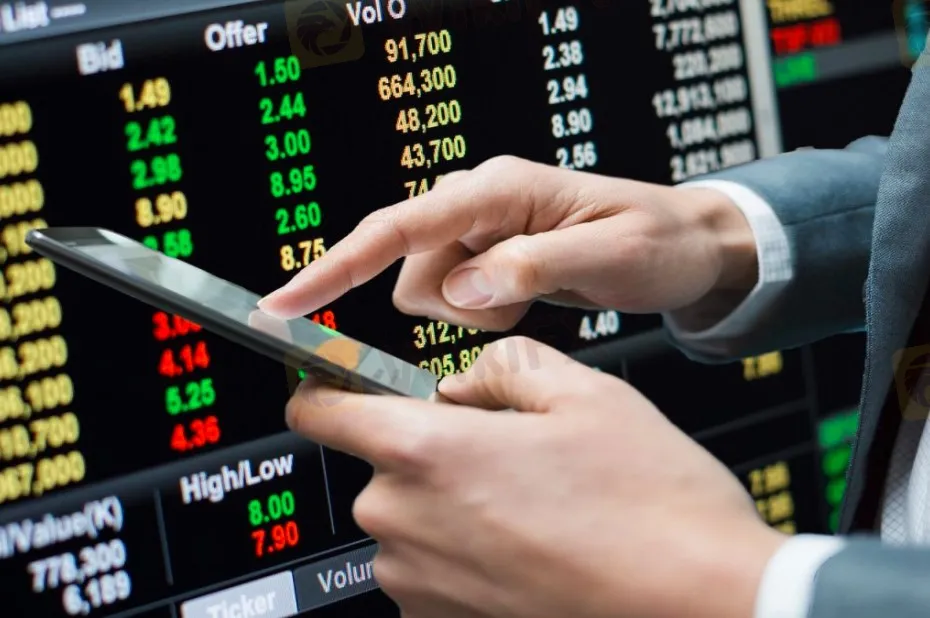简体中文
繁體中文
English
Pусский
日本語
ภาษาไทย
Tiếng Việt
Bahasa Indonesia
Español
हिन्दी
Filippiiniläinen
Français
Deutsch
Português
Türkçe
한국어
العربية
Half A Dozen Things You Should Know About FX
Abstract:Disappointing economic data contributed to the losses of the sterling and the Australian dollar.
1. The market is still digesting the implications of Wednesday's CPI shock. The dollar has strengthened, yields have risen, the stock market wobbled after a long advancing streak, and in any event, stabilized in light trading during the US and Canadian holidays.
2. The dollar's gains accelerated since the higher than expected CPI report. The euro was in a $1.15-$1.17 range last month and broke out on Wednesday. Follow-through selling Thursday brought it to about $1.1445. We have suggested the next target is a little below $1.1300.
3. Disappointing economic data contributed to the losses of the sterling and the Australian dollar.
4. The joint US-China statement at COP-26 is promising. It was the key to the Paris Agreement in 2015.
5. The Mexican peso fell by around 0.5% after the central bank lifted the overnight rate to 5.00%. It is the third quarter-point move in the cycle that began in June.
6. Friday's economic calendar is light. Little new data from the large Asia Pacific and European countries.


Disclaimer:
The views in this article only represent the author's personal views, and do not constitute investment advice on this platform. This platform does not guarantee the accuracy, completeness and timeliness of the information in the article, and will not be liable for any loss caused by the use of or reliance on the information in the article.
Read more

These Are How Millionaire Forex Traders Think and Act
It's no secret that in the world of trading, the most difficult thing is realization. Everyone can expect to be a successful trader, a trader who wins a lot of money, to a millionaire trader. But all this could be a dream if they didn't try to chase it.

How to Register Forex Trading, 5 Easy Steps to Follow
Foreign exchange has been developed and turned into something big in all of society. Not just office employees, but also students, kids in school, housewives, and even the unemployed.

Pip In Forex Trading, The Relation to Profitability
Pip or price interest point or percentage in point is a measurement tool associated with the smallest price movement any exchange rate makes. Usually, there is four decimal places used to quote currencies.

Euro Drops to 2-Decade Low on Recession Fears
Worries about how the European Central Bank will react also undermined sentiment after Germany's Bundesbank chairman Joachim Nagel lashed out at the ECB's plans to try and protect heavily indebted countries from sharp increases in lending rates.
WikiFX Broker
Latest News
Exposing the Top 5 Scam Brokers of March 2025: A Closer Look by WikiFX
Gold Prices Climb Again – Have Investors Seized the Opportunity?
Webull Launches SMSF Investment Platform with Zero Fees
Australian Regulator Warns of Money Laundering and Fraud Risks in Crypto ATMs
The Withdrawal Trap: How Scam Brokers Lure Victims into Paying More
FCA to Investors: Think Twice Before Trusting These Brokers
Trump\s tariffs: How could they affect the UK and your money
Trump gambles it all on global tariffs he\s wanted for decades
TradingView Brings Live Market Charts to Telegram Users with New Mini App
HTFX Spreads Joy During Eid Charity Event in Jakarta
Currency Calculator







